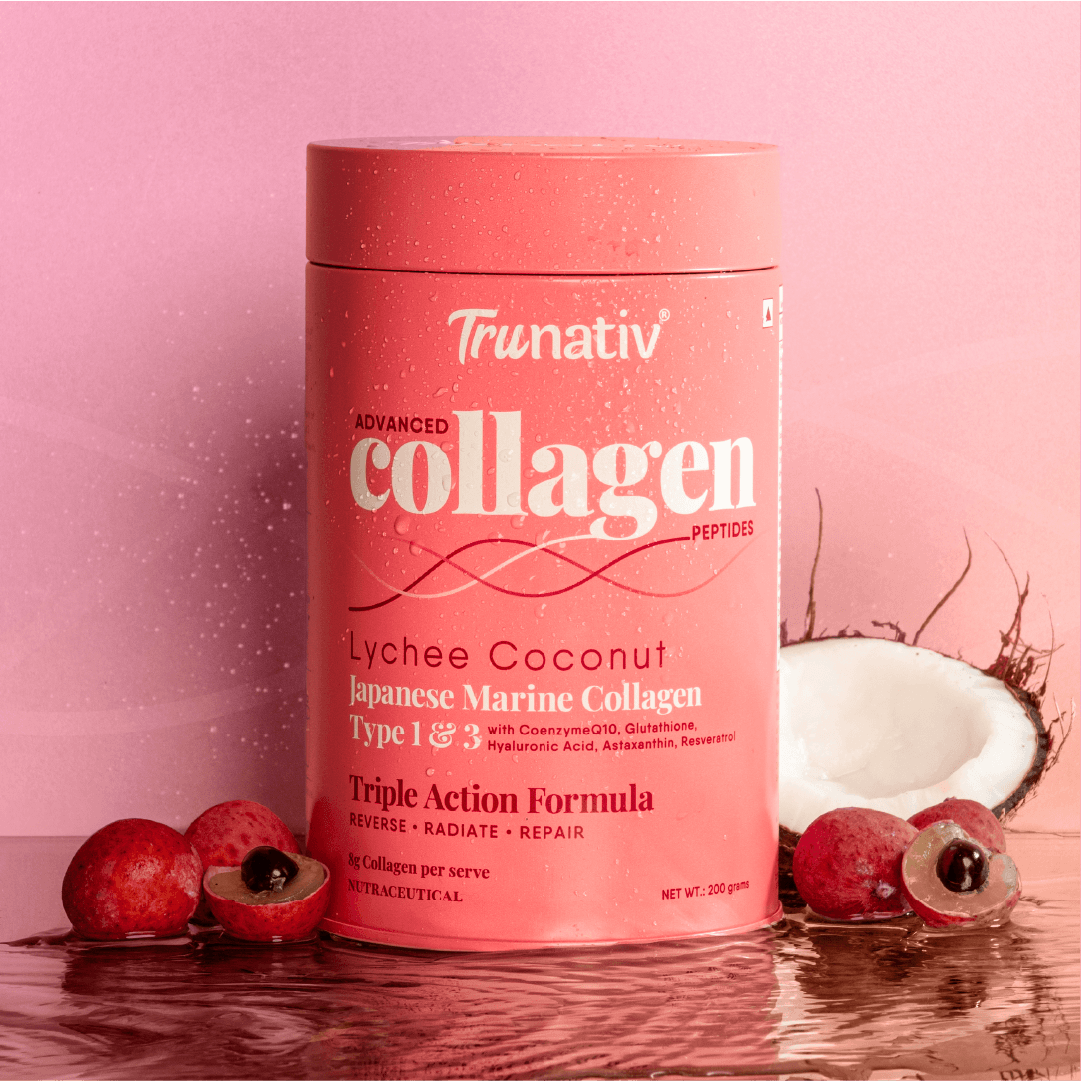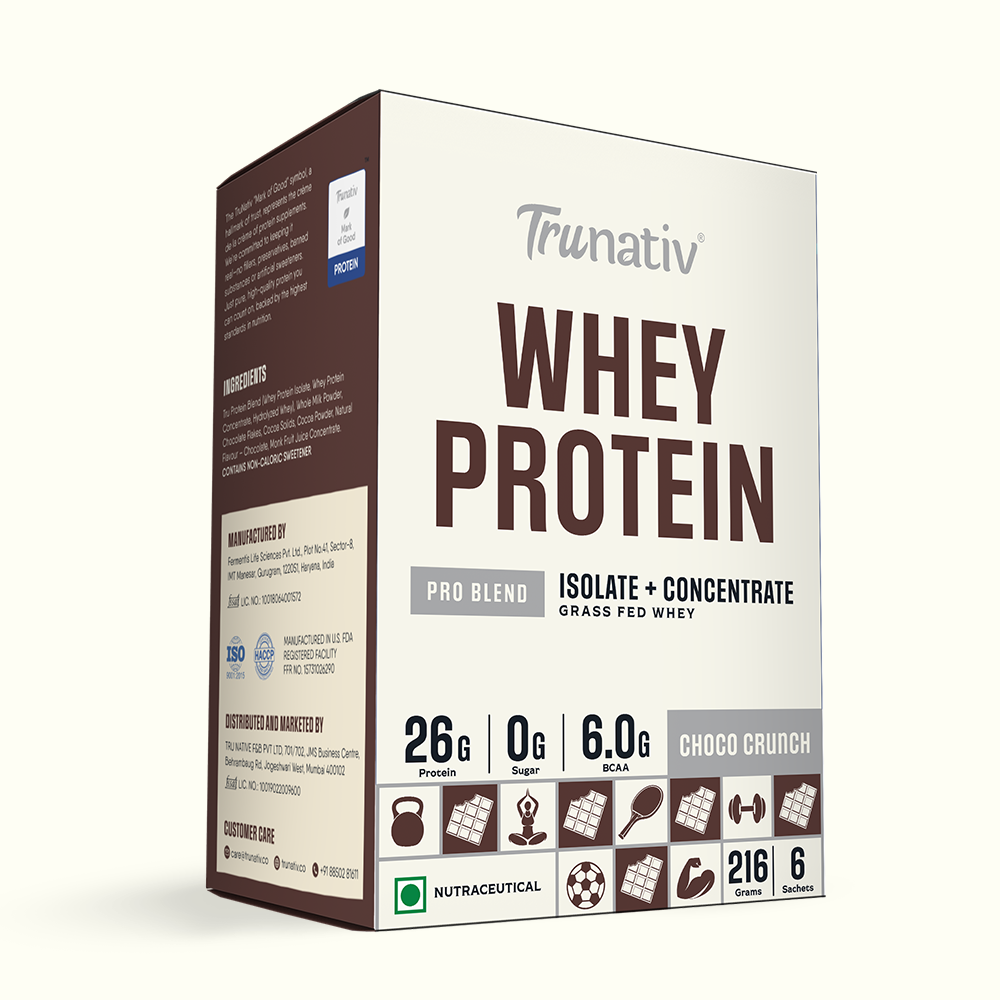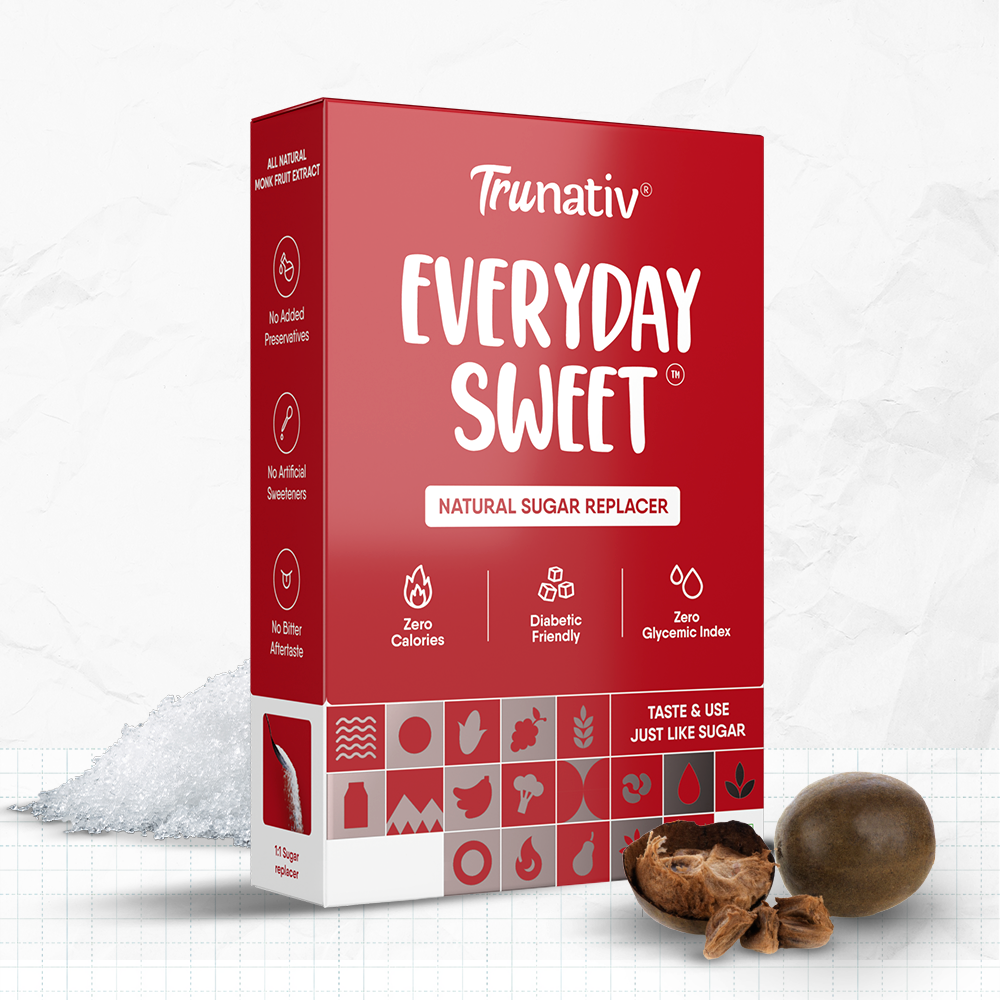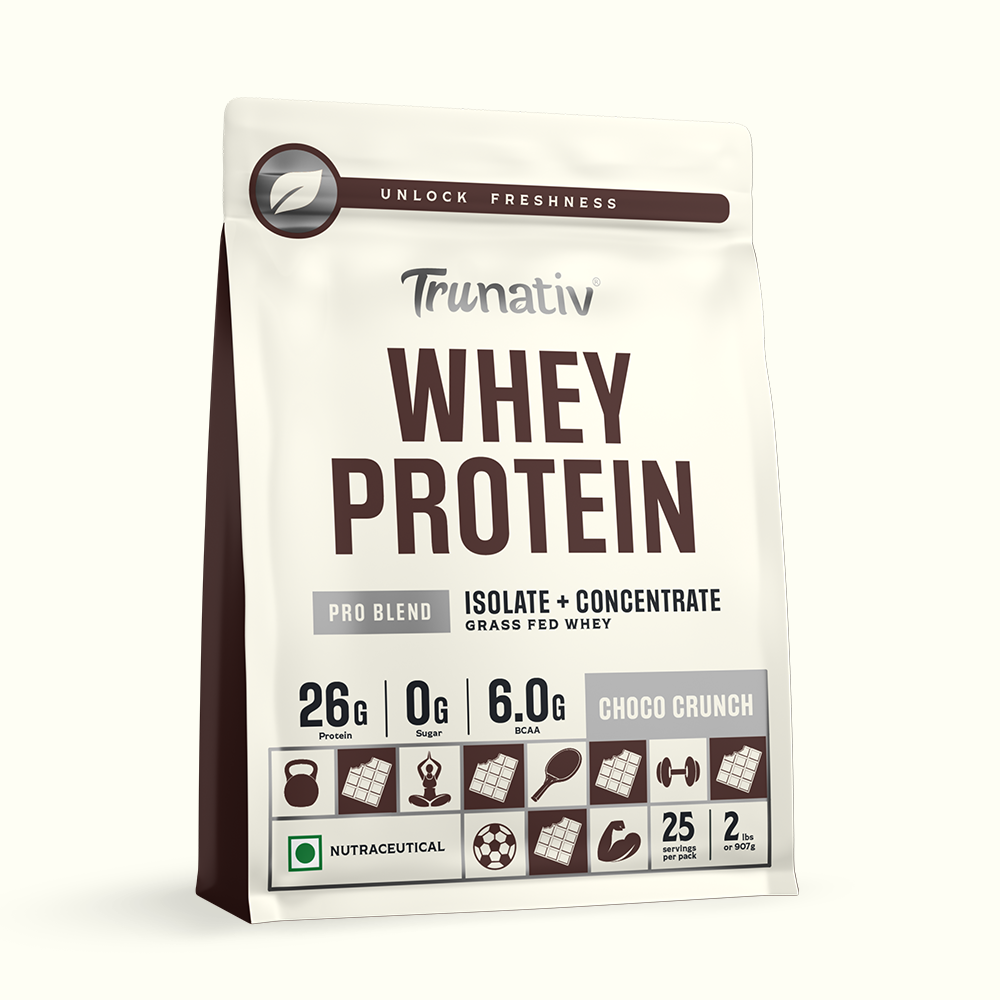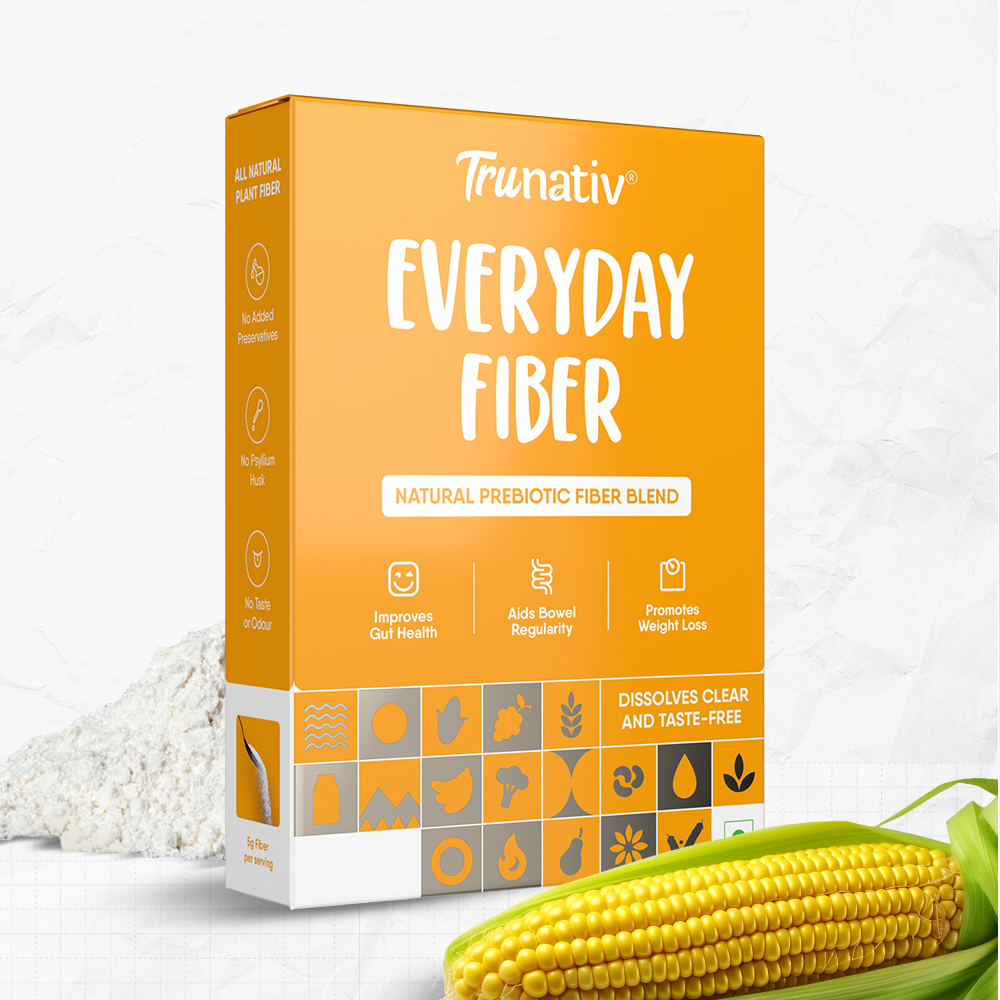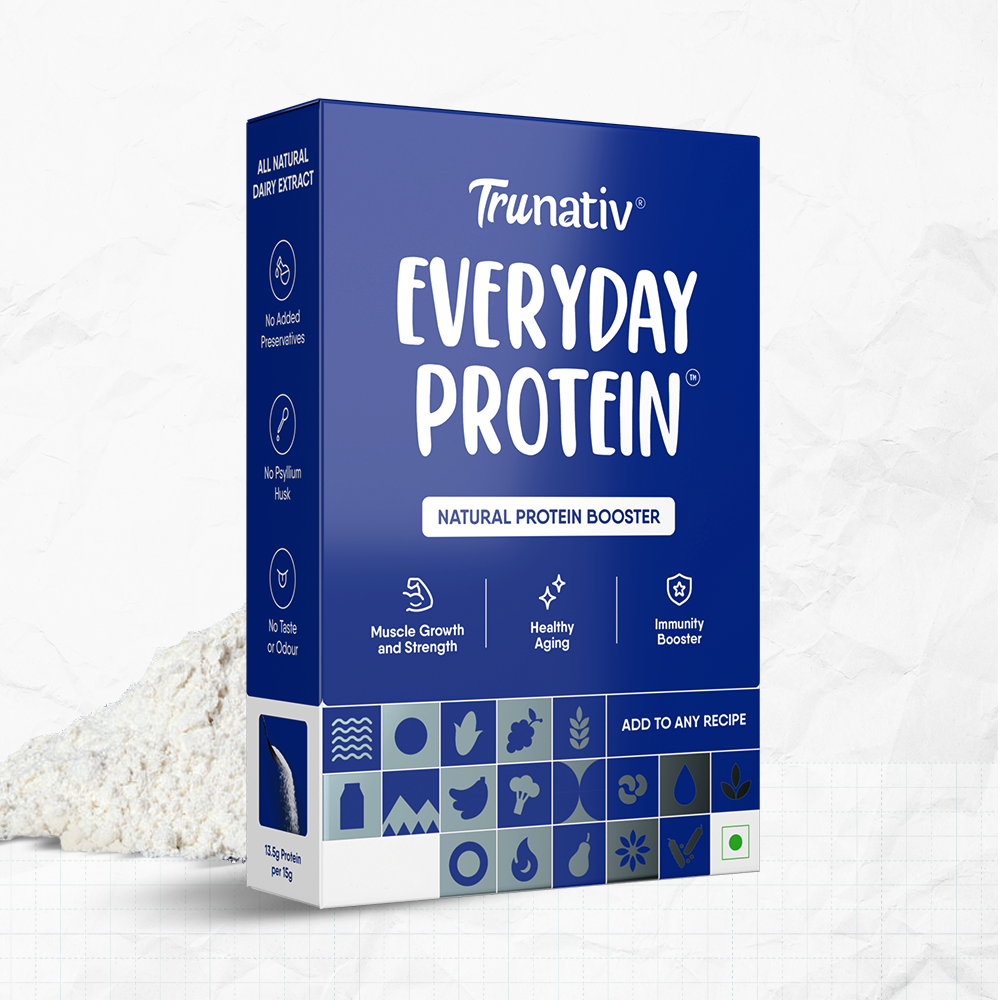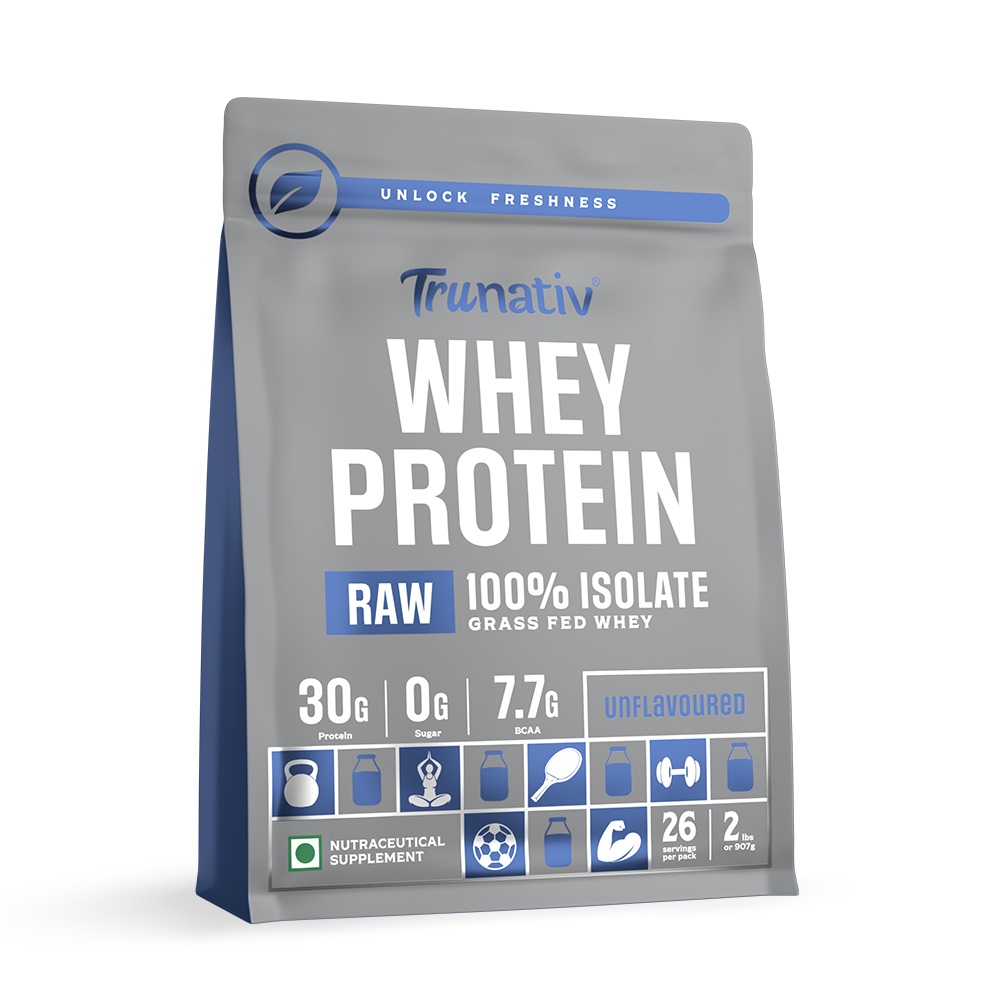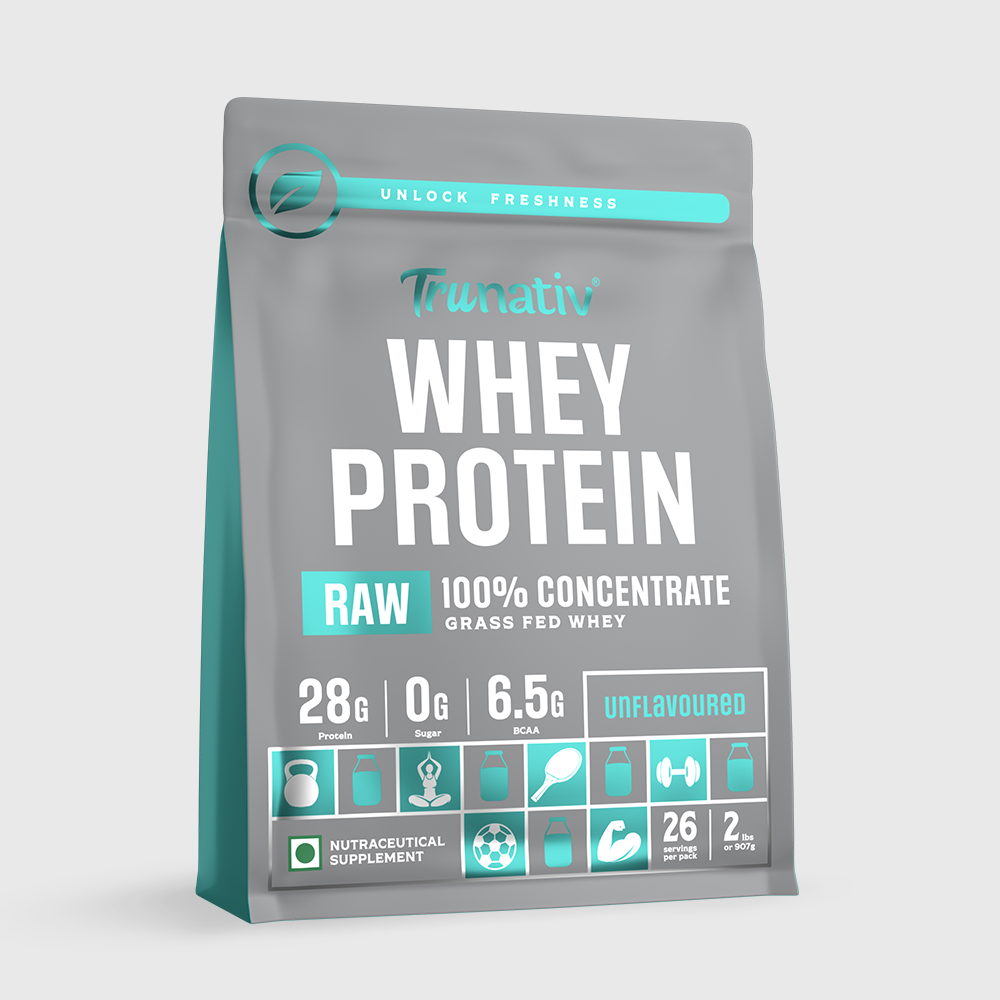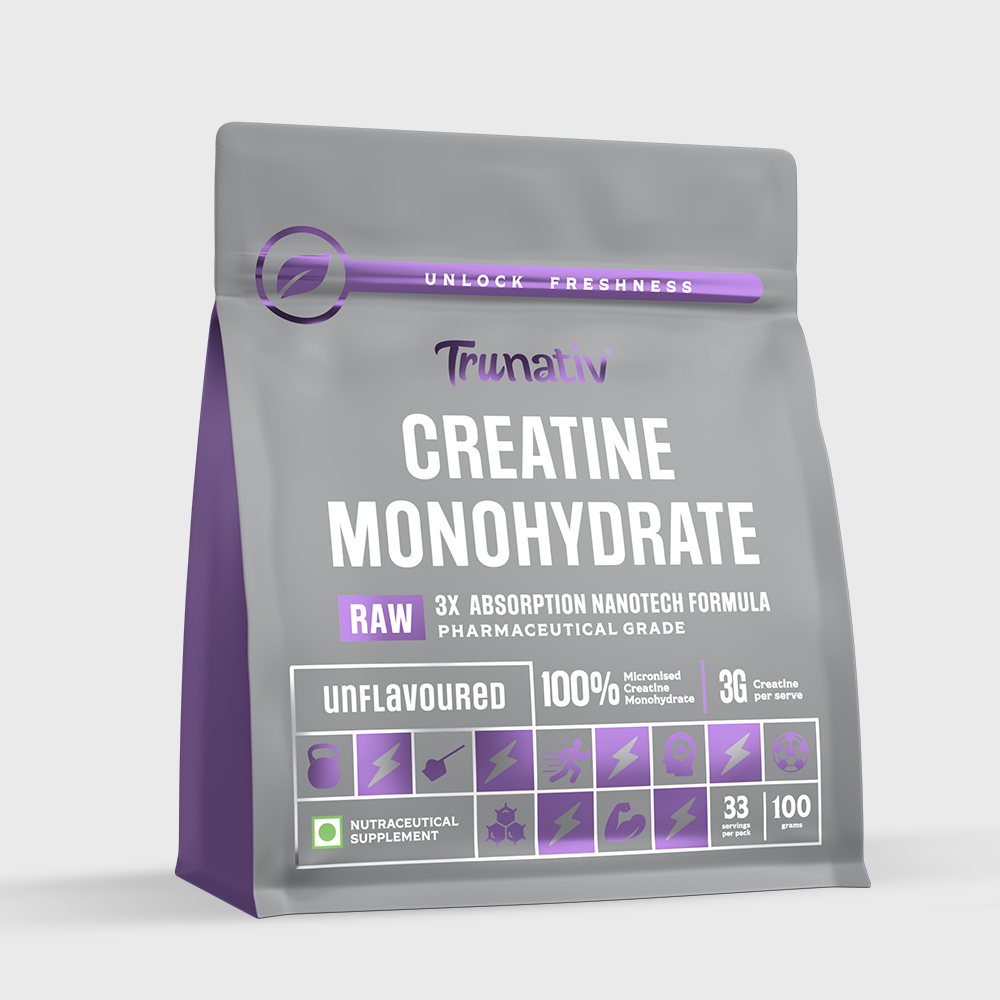

· By AMISHA SHUKLA
What is Whey Protein?

Whey protein is a group of eight proteins found in milk, the watery portion of milk that separates from the curds when creating cheese. It is generally used as a protein supplement. These proteins, in order from the biggest to smallest amounts in milk, are:
- Beta-lactoglobulin.
- Alpha-lactalbumin.
- Glycomacropeptide.
- Immunoglobulins.
- Bovine serum albumin.
- Lactoferrin.
- Lactoperoxidase.
- Lysozyme.
Manufacturers add enzymes to milk in the cheese-making procedure. The enzymes curdle the milk, dividing the liquid whey from the milk’s solid curds. The curds, which possess most of the milk’s fat, are the main component of cheese.
When the solid curds are removed, you’re left with watery whey protein with variable amounts of lactose (milk sugar) and fat. Usually, manufacturers pasteurize the whey to destroy bacteria and then dry it.
People generally use whey protein for enhancing athletic performance and boosting strength. Whey protein is also utilized for asthma, diabetes, weight loss, and many other disorders, but there is no good scientific proof to back most of these uses. Whey protein might enhance the nutrient content of the diet and impact the immune system.
Fast facts on whey protein:
- Numerous potential uses are based on single studies, and more evidence is needed before making a definitive judgment.
- Whey protein is a combination of beta-lactoglobulin, alpha-lactalbumin, bovine serum albumin, and immunoglobins.
- Possible advantages include weight loss and reduced cholesterol.
- Possible dangers possess nausea and headaches, but whey protein is not considered harmful at moderate doses.
How many types of whey protein are there?
Whey protein then experiences another procedure to make one of three main types:
- Concentrate: Products with whey protein concentrate vary widely in protein, lactose, and fat content. Whey protein concentrate is in many protein drinks, bars, and nutritious products. It’s also utilized in infant formula.
- Isolate: This type is always high in protein and low in fat or lactose. You may see it listed on the labels of protein supplements, such as bars and drinks. Whey protein isolate may be the right choice for lactose intolerant people, but don’t try any of these if you have a milk allergy.
- Hydrolysate: Also learned as hydrolyzed whey protein, whey hydrolysate is the easiest to digest. It’s gentle on digestion because its long protein chains, called peptides, are pre-broken down into shorter ones. Specialized infant formulas often use hydrolyzed whey protein. You may also see it in medical supplements for nutritional deficits.
Does Whey Protein have amino acids?
Whey protein is a whole protein, including all nine essential amino acids. Amino acids are essential for many functions in the body, from building muscle to making new immune cells. Your body produces many amino acids on its own, but not necessary amino acids. You have to get the necessary amino acids through your diet, and consuming whey protein is one way.
But don’t discount “incomplete” proteins. Like legumes and nuts, most plant proteins don’t possess all the necessary amino acids. But they have an abundance of health benefits. When you eat a variety of insufficient proteins, you get more than enough necessary amino acids to meet your body’s requirements.
Is whey protein beneficial?
Yes, Whey protein is beneficial for:
- Muscle building: Muscles love protein, especially complete proteins like whey. Whey protein has branched-chain amino acids, a specific amino acid that supports muscle building.
- Wound healing: The amino acids in whey protein help repair skin and tissues from wounds or surgery.
- Weight gain and nutritious boost: People who need to gain weight can profit from whey protein. It’s also useful if a person has a long-term illness and requires extra nutrition. If you can’t get sufficient protein from whole food sources, a whey protein supplement can help. It’s useful for people with chewing or swallowing conditions or a lack of appetite.
Does whey protein have side effects?
Whey protein is normally safe for most people to take, as long as they don’t have dairy allergies. But there are some disadvantages:
- Calorie content: Whey protein may be low fat and low carb, but it still has calories. Too many calories from anything, including protein, leads to weight gain.
- Extra sugar or processed ingredients: Many protein powders and shakes include processed ingredients like artificial flavors, sweeteners, or added sugar. It’s better to get your protein from whole foods and a varied diet rather than a supplement, bar, or shake. If you utilize a supplement, look for one that lists whey protein as the only ingredient.
- Possible contaminants: Protein supplements don’t have stringent rules like foods and drugs. Some protein supplements might not prove their purity. They can have contents or heavy metal impurities that aren’t listed on the label. Pick whey protein products that are NSF Certified for Sport or certified by Informed Choice. These products have been independently tested for purity.
- Possible digestive problems: Some people encounter constipation, diarrhea, or nausea from whey protein, especially if they take large amounts.
Don’t go overboard with protein.
Whey protein has its place if you’re an athlete building muscle or trying to fill some nutritious gaps. But most people already get enough protein and don’t need supplements.
Your body can only utilize 20 to 40 grams of protein at a time. Even if you’re attempting to bulk up, taking doses higher than this isn’t helpful. Most people don’t require whey protein to fulfill their protein requirements while eating a healthy diet.
As with any supplement, it’s best to discuss it with your physician before you start taking protein supplements. They can meddle with some medicines or may be toxic to people with certain disorders.
1st Jan 2022
